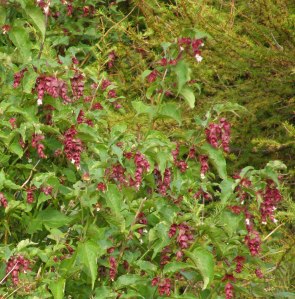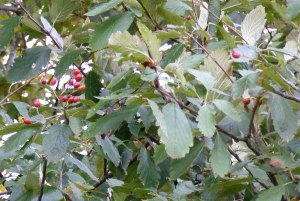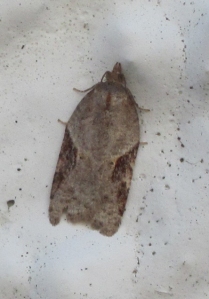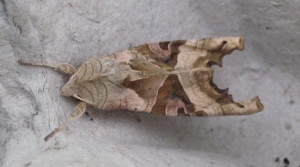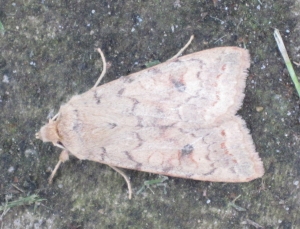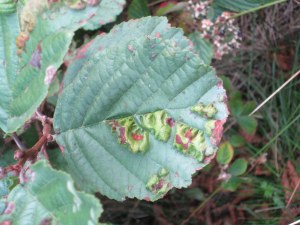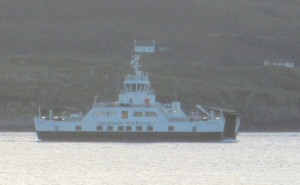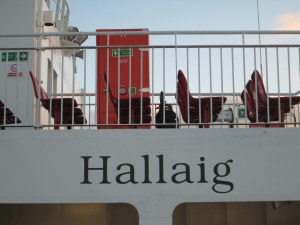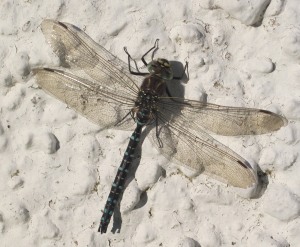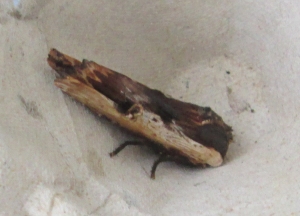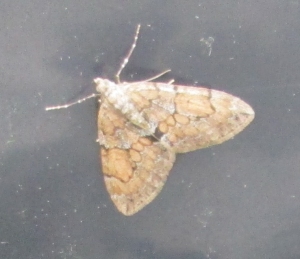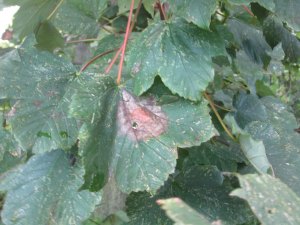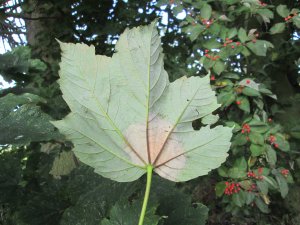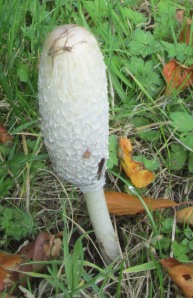Leycesteria formosa (Himalayan Honeysuckle) is a deciduous shrub native to the Himalayas that has become locally established in the British Isles as a garden escape in woodland, hedgerows and on waste ground. It was introduced into cultivation in Britain in 1824, and was known from the wild by at least 1905 and in VC104 from Rum in 1954. The first Skye record was in 2005 and Steve has now added the fourth Skye site, from the Old Corry road in the Broadford area.
In the same area he also spotted Sorbus intermedia (Swedish Whitebeam). It was introduced to cultivation in 1789 and is now widely planted as an ornamental tree, especially in town streets and parks. It was known from the wild by 1908 and first recorded in VC104 from Rum in 1957. The first Skye record is from 1979. Generally this does not seem to naturalise in these parts, records mostly being of planted specimens.
